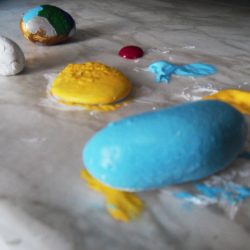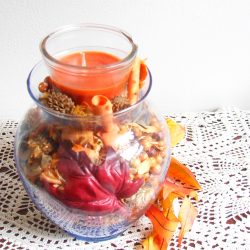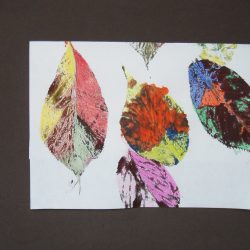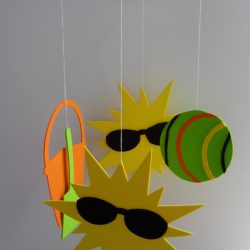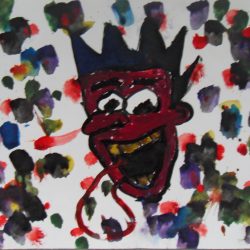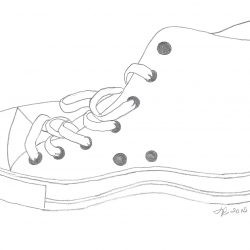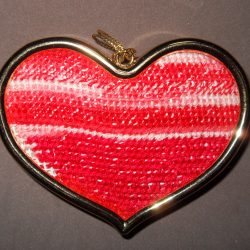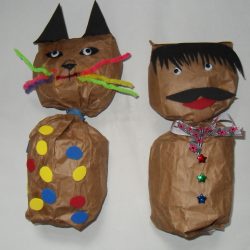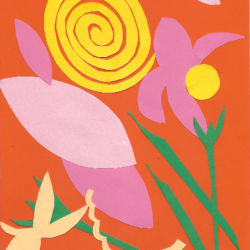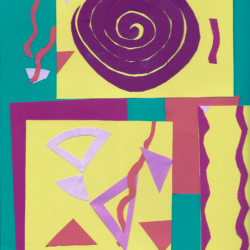Rainy Day Craft Fun for All Ages
Rainy days are a drag for children and adults alike. Despite the weather outside though, children can find fu n things to do inside as well. Rainy days are the perfect time to break out the arts and crafts that will drive away the rainy day dreariness. Crafts are perfect for all ages and make sure that nobody is left out.
Crafts for Small Children
Children age two and up can sit at the table with paper and crayons. While the younger children may not have a long attention span, coloring will help to keep a child entertained when it is not possible to play outside. Cut out some shapes on paper and let the children decorate the shapes. For more fun, break out some glitter markers and some stickers. Foam is also a good option for younger children. Foam does not tear easily and is very versatile which makes it a good material for young children to craft with.
Crafts for School-Aged Children
Children who are attending school are likely more adept at handling items such as scissors and glue. Popsicle sticks are a great item to have on hand for rainy days.Children can build houses, picture frames and many other things with them. The possibilities for creative play are limitless.
Paints are also a good idea. Lay out some paint, brushes, paper and some water and paper towels for cleanup and let your kids paint the day away.
If the children are in middle or high school, they are adept at doing more than coloring or painting. Craft ideas for older children include painting on a canvas, scrapbooking and other paper crafts, as well as building crafts out of wood and other items. Cross stitching and fabric arts are good deterrents from the weather outside as they are time-consuming.
Crafts for Adults
There are many crafts that adults can do. Jewelry making and scrapbooking are two of the most popular activities. Sewing, whether by hand or machine, is an activity that can take up a lot of time and therefore drive away the rainy day blues.
Crafting is not age oriented. There are many craft types, with different levels of difficulty available for preschool age children all the way through adulthood. Keeping craft supplies on hand will make a rainy day easier on everyone.
All tutorials are available on this website.

